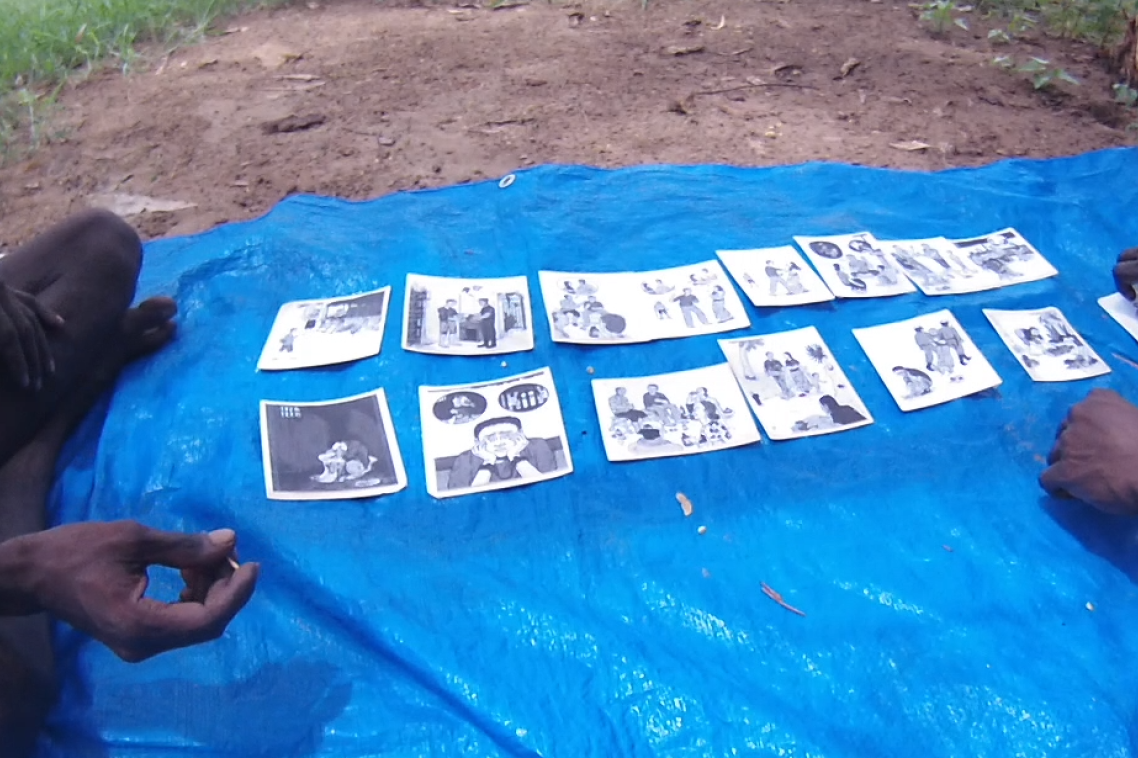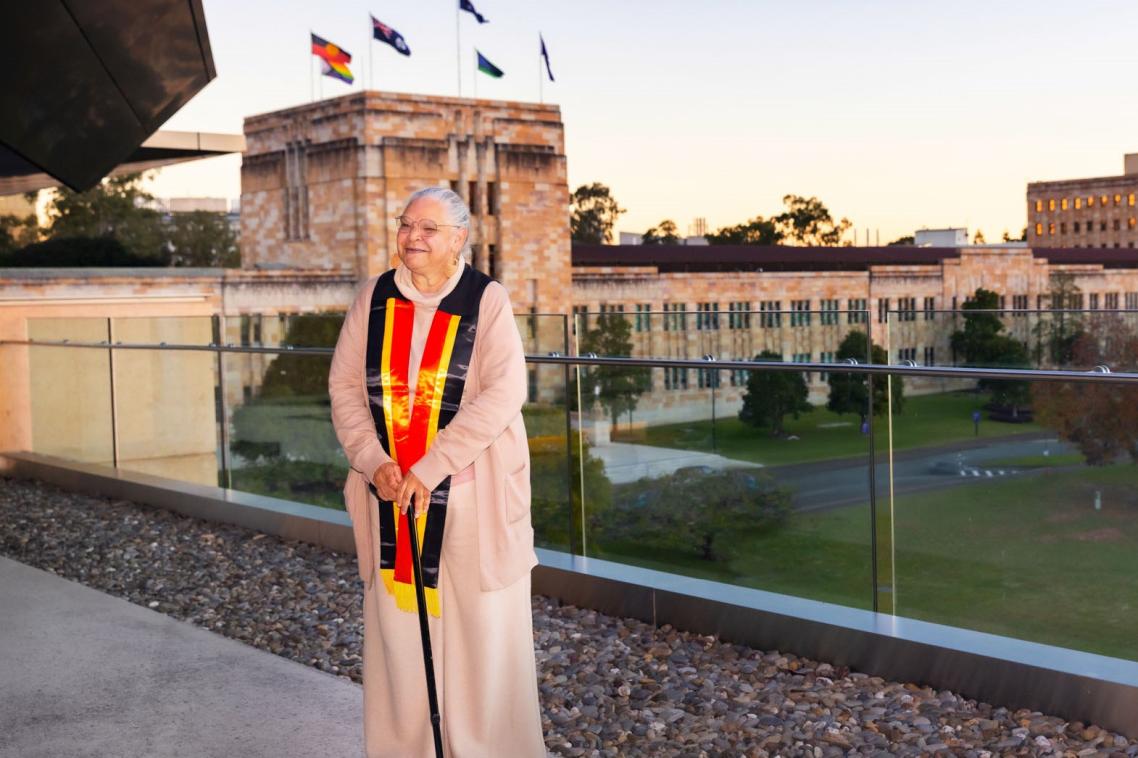Northern Australia’s new languages in the spotlight

University of Queensland linguists joined Aboriginal language experts in Katherine in the Northern Territory to workshop Australia’s largest newly adopted language – Kriol.
UQ’s School of Languages and Cultures researcher Dr Greg Dickson said Kriol was now the second most commonly spoken language in the Northern Territory, along with new languages such as Light Warlpiri and Gurindji Kriol.
Dr Dickson said he was excited to be taking linguistic research out of universities and into relevant local regions.
“This will allow participants to share what they are working on, contribute to different projects, and gain skills and knowledge of a growing language that’s now a significant part of Australia’s rich linguistic fabric,” he said.
UQ’s Dr Felicity Meakins said Kriol was not a traditional Indigenous language, but it was spoken across much of northern Australia.
“Indigenous youth in many areas of northern and central Australia are creating new languages which combine sounds, words and grammar from traditional languages and Indigenous English varieties,” she said.
Dr Dickson said linguists estimated there were about 20,000 Kriol speakers.
“Kriol is now even a language of Shakespeare with the critically acclaimed King Lear adaption The Shadow King being partially translated into Kriol by Aboriginal actor and musician Tom E. Lewis,” he said.
Dr Meakins said Kriol had gone from an unnamed creole language to a language interpreted widely and used in government, education, liturgy, stage and popular music in the space of 50 years.
“For policy-makers, particularly in education, new Indigenous languages have largely gone under the radar,” she said.
“Yet a knowledge of them is important to tailoring educational programs which take into account the first language of a student.”

The workshop was held at the Charles Darwin University Rural Campus in Katherine from 6 to 10 June 2016, along with academic, research and professional sessions.
Program details of the ARC Centre of Excellence for the Dynamics of Language.
Media: Dr Greg Dickson, g.dickson1@uq.edu.au, 0427 391 153; Dr Felicity Meakins, f.meakins@uq.edu.au, 0467 206 202, 0411 404 546; Kristen Johnston, k.johnston@uq.edu.au, +617 3346 1633.
Topics
Related articles
“Art Museums are the site of public forum.”

Finding a “little language family”
Media contact
UQ Communications
communications@uq.edu.au
+61 429 056 139
